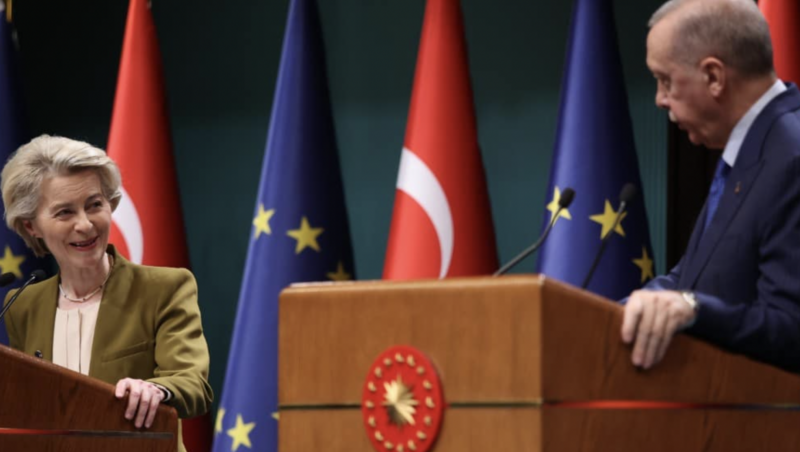Five years ago, Turkey ignited a border crisis with Greece, opening its borders to thousands of migrants after escalating tensions in Syria. This move was a calculated strategy by President Erdogan to pressure the European Union into offering financial concessions.
Dubbed a “hybrid threat,” Turkey used illegal immigration as leverage, successfully pushing the EU to allocate €700 million in aid. This strategy not only secured economic support but also set a precedent for other countries to exploit migration for political gain.
Morocco followed suit in 2021, allowing over 10,000 migrants to enter Ceuta, Spain, after a diplomatic dispute. The images of migrants flooding the Spanish enclave forced Spain to respond with military deployments and an aid package for Morocco. Morocco continued this tactic in 2022, with a deadly crossing attempt at Melilla, leading to more EU funds in exchange for border control.
In 2023, Italy faced a migration crisis of its own, with over 7,000 migrants arriving on Lampedusa in just two days. Tunisia, the main source of these migrants, saw its border control operations paralyzed, prompting the EU to sign a €700 million deal for migration management.
Mauritania, meanwhile, became another key player in the migration game, with a sharp rise in arrivals via the Atlantic route to the Canary Islands. Mauritania received €210 million from the EU in 2024 to bolster its border security, but the flow of migrants showed no signs of slowing down.
In total, the EU has spent nearly €4 billion since 2020 to manage migration flows from Turkey, Morocco, Mauritania, and Tunisia. While these funds have helped strengthen border control, they’ve also normalized migration as a bargaining chip, creating a cycle of dependency. The EU, caught between containing migration and financing questionable regimes, has funneled billions of euros without addressing the root causes of the crisis.




